 Add to Wishlist
Saved 0 times
Add to Wishlist
Saved 0 times
Traditional Chinese medicine originated in ancient China and has evolved over thousands of years. TCM practitioners use herbal medicines and various mind and body practices, such as acupuncture and tai chi, to treat or prevent health problems. In the United States, people use TCM primarily as a complementary health approach. This fact sheet provides a general overview of TCM and suggests sources for additional information. TCM encompasses many different practices, including acupuncture, moxibustion (burning an herb above the skin to apply heat to acupuncture points), Chinese herbal medicine, tui na (Chinese therapeutic massage), dietary therapy, and tai chi and qi gong (practices that combine specific movements or postures, coordinated breathing, and mental focus). TCM is part of the ancient philosophy of Taoism and dates back more than 2,500 years. Traditional systems of medicine also exist in other East and South Asian countries, including Japan (where the traditional herbal medicine is called Kampo) and Korea. Some of these systems have been influenced by TCM and are similar to it in some ways, but each has developed distinctive features of its own.
Although the exact number of people who use TCM in the United States is unknown, it was estimated in 1997 that some 10,000 practitioners served more than 1 million patients each year. According to the 2007 National Health Interview Survey (NHIS), which consisted a comprehensive survey on the use of complementary health approaches by Americans, an estimated 3.1 million U.S. adults had performed acupuncture in the past year. The number of visits to acupuncturists tripled between 1997 and 2007. According to the 2007 NHIS, about 2.3 million Americans practiced tai chi and 600,000 practiced qi gong in the previous year.
This fact sheet focuses on TCM as a whole. For information about some of the individual practices included in TCM, see the pages on acupuncture, tai chi, and qi gong on the National Center for Complementary and Integrative Health (NCCIH) Web site. Some of the individual herbs used in TCM are discussed in NCCIH’s Herbs at a Glance eBook and fact sheets. When researching about ancient medical systems such as TCM, it is important to separate questions about traditional theories and concepts of health and wellness from questions about whether specific interventions might be helpful in the context of modern science-based medicine and health promotion practices.
The ancient beliefs on which TCM is based include the following:
The human body is a miniature version of the larger, surrounding universe.
Harmony between two opposing but complementary forces, called yin and yang, supports health, and disease results from an imbalance between these forces.
Five elements—fire, earth, wood, water, and metal—symbolically represent all phenomena, including the stages of human life, and explain the functioning of the body and how it changes during disease.
Qi, a vital energy that flows through the body, performs multiple functions in maintaining health.
Concepts such as these are of interest in understanding the history of TCM. However, NCCIH-supported research on TCM does not focus on these ideas. Instead, it explores specific TCM practices from a scientific perspective, looking at their effects in the body and whether the practices are helpful in symptom management.
-
 Jilin Agricultural Science and Technology University
Jilin Agricultural Science and Technology University
Jilin Agricultural Science and Technology University is a provincial full time public university. It is located in Jilin City known as “Rime Metropolis ”. The northern campus Region of the university stands at Zuojia Nature Reserve, and the Sou
-
 Jilin Agricultural Science and Technology University
Jilin Agricultural Science and Technology University
Jilin Agricultural Science and Technology University is a provincial full time public university. It is located in Jilin City known as “Rime Metropolis ”. The northern campus Region of the university stands at Zuojia Nature Reserve, and the Sou
-
 Jilin Agricultural Science and Technology University
Jilin Agricultural Science and Technology University
Jilin Agricultural Science and Technology University is a provincial full time public university. It is located in Jilin City known as “Rime Metropolis ”. The northern campus Region of the university stands at Zuojia Nature Reserve, and the Sou
-
 Wenzhou Medical University
Wenzhou Medical University
Wenzhou Medical University is a multi-disciplinary university under the administration of Department of Education of Zhejiang Province. It has 3 campuses, covering a total area of 800,000 meters; the main campus is located at Chashan University Town of We

















